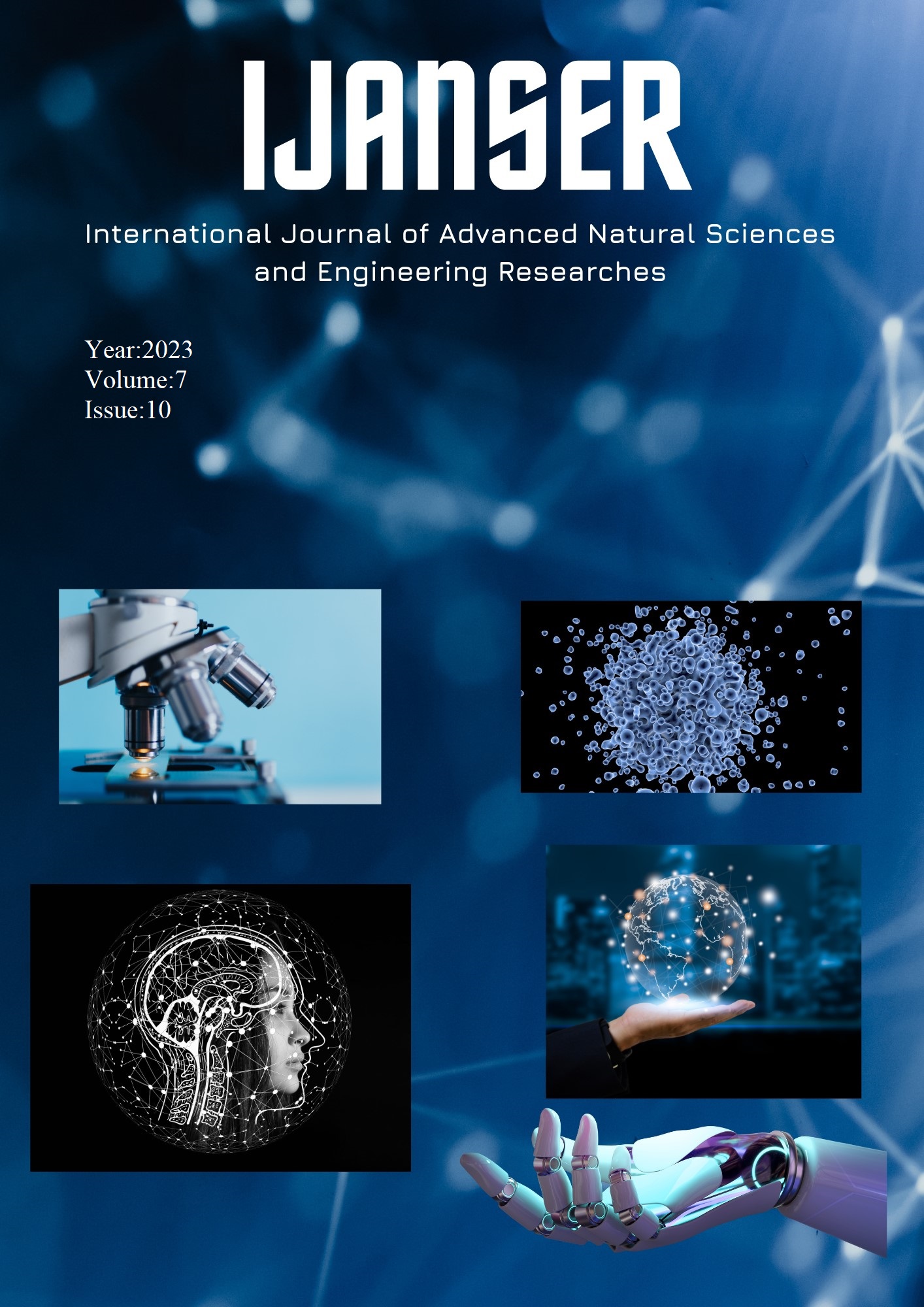Investigating The Impact of Renewable Energy Sources on Networked Microgrids Using Probabilistic Load Flow
Keywords:
Microgrids (MG), Networked Microgrids (Mgs), Monte Carlo Simulation (MCS), Probabilistic Power Flow (PPF), Photovoltaic (PV), Wind Turbine (WT)Abstract
Efforts to reduce the environmental impact of fossil fuels have led to the proliferation of renewable energy sources in the power grid. As a result of the increase in renewable energy sources such as solar and wind, uncertainties in the grid have increased. It is not possible to observe these increasing uncertainties with deterministic methods. Therefore, it is necessary to observe the output values for different input conditions using stochastic methods. Probabilistic power flow (PPF) was used as a stochastic method in our study. We performed the study on a micro-grid (MG) test system with Monte Carlo Simulation (MCS), which gives more accurate results than other methods. This method records the results by performing the deterministic power flow repeatedly with high repetition numbers. With the increasing processing power of computers, Monte Carlo simulations can be performed much faster. The test system used utilizes multiple microgrids (MGs). There are no studies in the literature using MGs of this complexity. In the test system used, four microgrids are connected to each other. In the results obtained, we can see the total losses region by region. Only the lines between the microgrids are approaching their limits. The aim of this study was to produce a program that can perform probabilistic power flow analysis in MGs. By making improvements in the developed program, probabilistic load flow was performed in a very high busbar system in a short time.
Downloads
References
A. R. Abbasi and M. Mohammadi, “Probabilistic load flow in distribution networks: An updated and comprehensive review with a new classification proposal,” Electric Power Systems Research, vol. 222. Elsevier Ltd, Sep. 01, 2023. doi: 10.1016/j.epsr.2023.109497.
“U.S. Energy Information Administration - EIA - Independent Statistics and Analysis.” Accessed: Oct. 11, 2023. [Online]. Available: https://www.eia.gov/todayinenergy/detail.php?id=60642.
R. D. Zimmerman, C. E. Murillo-Sánchez, and R. J. Thomas, “MATPOWER: Steady-state operations, planning, and analysis tools for power systems research and education,” IEEE Transactions on Power Systems, vol. 26, no. 1, pp. 12–19, Feb. 2011, doi: 10.1109/TPWRS.2010.2051168.
Z. Ren, W. Li, R. Billinton, and W. Yan, “Probabilistic Power Flow Analysis Based on the Stochastic Response Surface Method,” IEEE Transactions on Power Systems, vol. 31, no. 3, pp. 2307–2315, May 2016, doi: 10.1109/TPWRS.2015.2461159.
M. N. Alam, S. Chakrabarti, and X. Liang, “A Benchmark Test System for Networked Microgrids,” IEEE Trans Industr Inform, vol. 16, no. 10, pp. 6217–6230, Oct. 2020, doi: 10.1109/TII.2020.2976893.
Z. Qin, W. Li, and X. Xiong, “Incorporating multiple correlations among wind speeds, photovoltaic powers and bus loads in composite system reliability evaluation,” Appl Energy, vol. 110, pp. 285–294, 2013, doi: 10.1016/j.apenergy.2013.04.045.
V. K. Huynh, V. D. Ngo, D. D. Le, and N. T. A. Nguyen, “Probabilistic power flow methodology for large-scale power systems incorporating renewable energy sources,” Energies (Basel), vol. 11, no. 10, Oct. 2018, doi: 10.3390/en11102624.
P. D. Hill, “Kernel Estimation of a Distribution Function,” Commun Stat Theory Methods, vol. 14, no. 3, pp. 605–620, Jan. 1985, doi: 10.1080/03610928508828937.
A. İskenderoğlu and Ö. Gül, “Probabilistic Power Flow Analysis of Power Systems with PV and Wind Using Monte Carlo Method,” in 2023 10th International Conference on Electrical and Electronics Engineering (ICEEE), IEEE, May 2023, pp. 480–485. doi: 10.1109/ICEEE59925.2023.00093.





